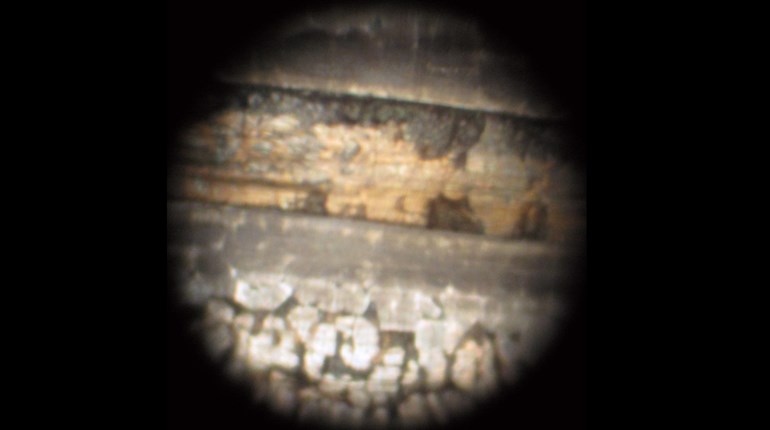
Glock’s firing-pin safety, like many other striker-fired systems, prevents the firing pin from indenting the primer and firing the chambered round unless and until the trigger is moved sufficiently rearward. In theory, this makes firing the handgun impossible without a complete trigger pull, but following proper safety procedures is always vital, since mechanical devices
can fail.
Some pistols have firing-pin safeties and some of them don’t seem to. Can you explain how a firing-pin safety works and how to check to make sure it is working? Do striker-fired pistols have striker safeties? Is a pistol that doesn’t have a firing-pin safety safe to carry concealed?
I carry strong side, appendix or inside-the-waistband most of the time, which in my mind, requires the highest level of safety for obvious reasons. Please help me to better understand more about how firing pins are made safe.
K. Kaiser Charleston, WV
In order for a pistol to fire a chambered cartridge, the primer must be indented sufficiently to ignite the powder, which propels the projectile downrange. In hammer-fired pistols, the indent mechanism is called the firing pin. In striker-fired pistols, striker refers to its primer-indent mechanism. For all intents and purposes, they perform the same function in a handgun. My reference to the firing pin or firing-pin safety could be equally applied to the striker or striker safety of a striker-fired pistol.
A firing-pin safety is most often found as a spring-loaded part located in the slide of a pistol. It mechanically interlocks with the firing pin to hold it in a safe position until it is disengaged by pulling the trigger. Its job is to prevent the tip of the firing pin from protruding through the breechface of the pistol to contact the primer of the chambered cartridge until the trigger is pulled to fire the gun. In its intended application, the pistol with a properly operating firing-pin safety cannot fire unless the trigger is moved sufficiently to release the hammer to drive the firing pin forward.
The only time the firing-pin safety is not actively interlocked with the firing pin is immediately prior to the release of the hammer by the trigger and for a short time after as the slide cycles. In theory, pistols with firing-pin or striker safeties cannot fire when dropped or otherwise mishandled unless the trigger is moved sufficiently to fire the gun due to impact inertia or obstruction.
To easily test a firing pin or striker safety for function, fieldstrip the pistol and set aside all parts except the slide. By holding the slide inverted in hand, it should be easy to locate the spring-loaded, firing-pin safety between the breechface and the rear of the slide. Use a punch or suitable tool to push the firing pin from the rear of the slide until it stops. Observe the breechface at the firing pin opening, ensuring that nothing is protruding through. Next, depress and hold the firing-pin safety fully and again push the firing pin forward until resistance is met. The nose of the firing pin should be protruding through the opening in the breechface.
Many firing pins or strikers are spring loaded to return into position once the cartridge is fired and the slide is in motion, completing its cycle of operation. Proper function can be verified by releasing the spring-loaded firing-pin safety while the firing pin is still depressed, then releasing the firing pin, allowing it to reset. A final push on the rear of the firing pin while observing the breechface with no sign of the firing pin will validate the interlock of the firing pin and the firing-pin safety once more.
Some pistols do not have a firing-pin safety and rely on the tension of the firing-pin spring and a firing pin that is shorter in length than the channel it is housed in to be considered safe. A sharp blow from the hammer is required for the inertial firing pin to protrude through the breechface with enough energy to fire a cartridge. These features are designed to resist the effects of inertia should the pistol be mishandled or dropped. Some modern manufactured firing pins are made of lighter metals (such as titanium) to further resist the effects of inertia over steel. This gives an added degree of safety, though today’s pistols will pass an industry-standard drop test without compromise.
Once you know how your pistol works and verify its proper function, you can carry it everyday with confidence.



































